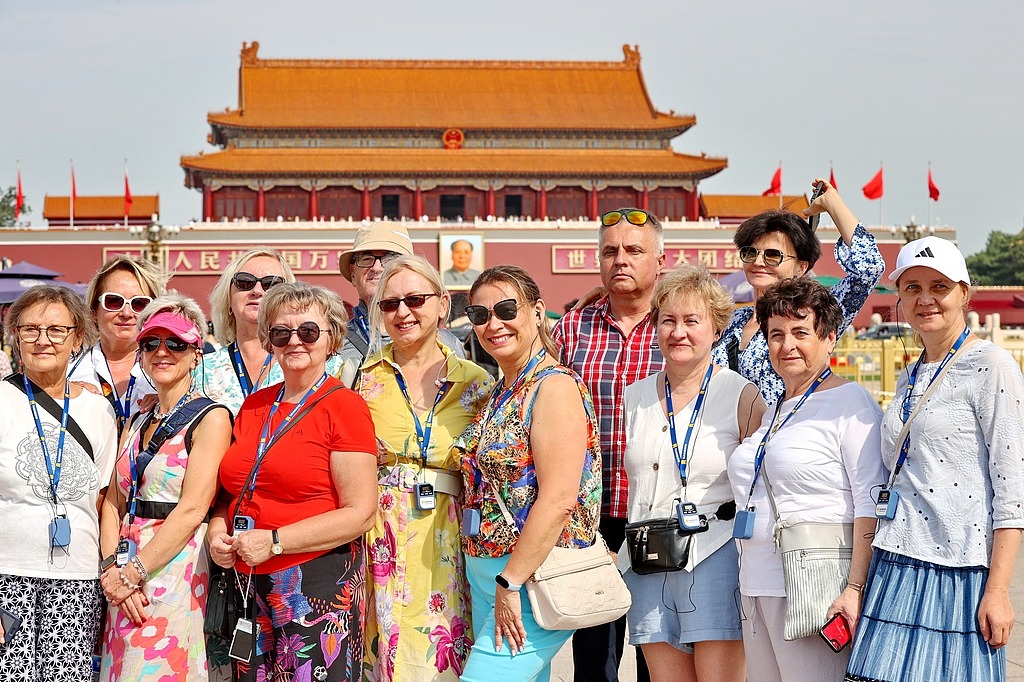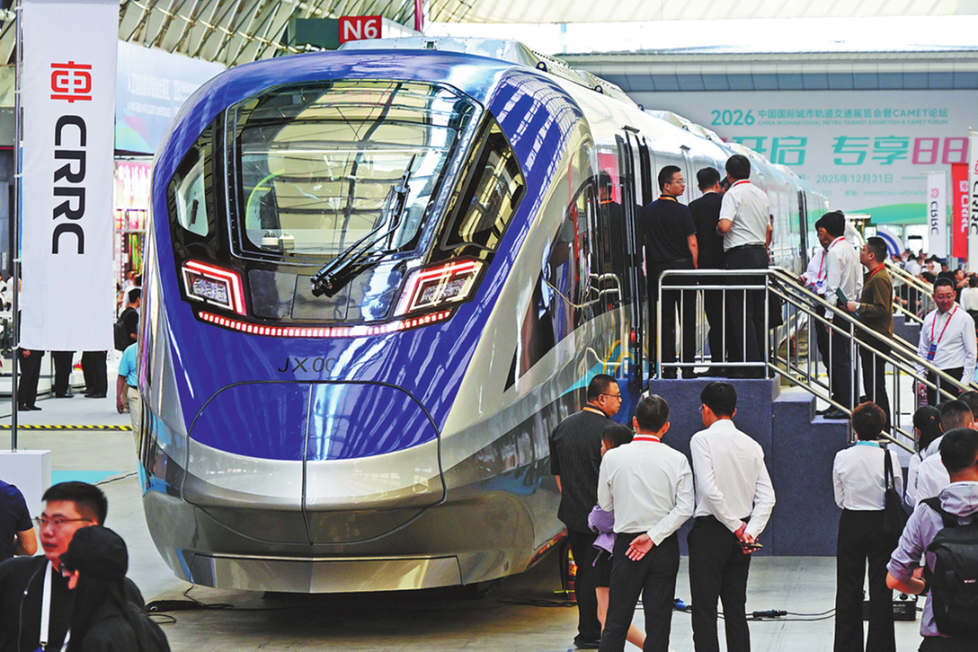BRI diversifies paths for CELAC cooperation


This year, which marks the 10th anniversary of the China-Community of Latin American and Caribbean States Forum, is the right time to reflect on a decade of growing cooperation between China and Latin America and the Caribbean under the Belt and Road Initiative framework. In the past 10 years, more than 20 of the 33 CELAC member states have joined the Belt and Road Initiative, reaffirming their willingness to work with China to improve infrastructure connectivity, and boost trade and investment.
The initiative has opened a new channel for LAC governments to diversify their international partnerships in a context increasingly defined by geopolitical competition.
While the initiative has produced modest results in infrastructure development in LAC states compared with its achievements in building economic corridors between China and Southeast Asia and Europe, the strategic importance of China-CELAC cooperation cannot be overlooked.
The most emblematic initiative-related infrastructure project in Latin America is the Chancay mega-port in Peru. Developed by the China Ocean Shipping Company, the Chancay project is expected to create the first deep-water port on the west coast of South America, which will receive Neo-Panamax vessels, reducing maritime transit time between South America and China by about 10 days, enhancing regional connectivity and positioning Peru as a logistics hub in the Southern Cone.
The other infrastructure projects led by Chinese companies illustrate the depth of China-CELAC cooperation. In 2020, China's State Grid Corporation acquired 96 percent stake in Compa?ía General de Electricidad, Chile's largest electricity distributor, for over $3 billion, marking one of the largest Chinese investments in Chile.
Despite external pressure and calls for a political national security screening of mergers and acquisitions, Chile's antitrust authority approved the deal. In the field of urban transportation, China Railway Construction Corporation was awarded in 2021 the contract to build the first section of Santiago Metro Line 7, which covers 7.9 kilometers and 6.6 km of shield tunneling — a technological first in Chile.
Among the other contracts, China Harbour Engineering Company signed a $44 million deal in 2015 to expand the San Antonio Port terminal in Valparaíso, and dredge over 320,000 cubic meters to increase cargo handling capacity. These projects show Chinese companies are not only investing in resource extraction but also contributing to the development of critical infrastructure networks and positioning themselves as long-term partners in Latin America's economic transformation.
That said, the full potential of Belt and Road Initiative cooperation in infrastructure is yet to be tapped, and the promise of large-scale investment has not yet translated into the transformation of the LAC states' physical connectivity due to not only global headwinds but also internal challenges. In Latin American countries, complex approval processes, fragmented planning institutions and limited public sector capacity hinder the implementation of projects. And Chinese investors have realized that aside from political goodwill, the success of infrastructure projects depends heavily on the administrative resilience of the host country.
Looking forward, the Belt and Road Initiative could shift its focus from physical infrastructure to a more integrated model of cooperation that includes green transition. China's commitment to ecological civilization and its global leadership in renewable energy technologies have opened a new chapter of China-LAC cooperation.
While countries like Chile and Argentina have reserves of critical minerals such as lithium and copper, resources key to the global energy transition, Chinese companies have become global leaders in electric vehicles, solar panels and battery storage capacity.
The two sides' complementarity can therefore create the right conditions for deepening partnerships centered on green industrial development. Chinese foreign direct investment in Indonesia's nickel industry, for instance, is not limited to extraction of minerals; it also includes processing facilities and technology transfers, boosting domestic value chains. Similar models could be adapted to LAC economies to foster green industrial clusters linked to infrastructure and transport networks.
In Chile, the national lithium strategy announced in 2023 has linked foreign investment to technology transfer and ecosystem protection. Companies such as Tianqi, already present in the Chilean market, are well-positioned to support this strategy, and China's development model, with its emphasis on public-private cooperation, can inspire Latin American governments to link economic development with environmental sustainability.
Additionally, institutional frameworks such as the China-CELAC Forum and bilateral free trade agreements should be updated to reflect these new priorities, and future cooperation agreements, ought to include environmental clauses, joint innovation funds, and mechanisms for industrial upgrading. These instruments will ensure Belt and Road Initiative-related investment helps improve connectivity and achieve long-term development goals. In other words, the past decade of China-CELAC cooperation laid the foundation for more strategic engagement, and the next phase should focus on strengthening the resilience of institutions, ecosystems and productivity.
The potential for mutually beneficial cooperation, which is high, is spread across fields such as ports and railways, green hydrogen and battery value chain.
At the fourth ministerial meeting of the China-CELAC Forum held in Beijing on Tuesday, Latin American governments articulated a new vision of engagement with China. And the future of the Belt and Road Initiative in the region will depend on not only Chinese financing and expertise but also the LAC states' capacity to devise inclusive development strategies and build effective institutional frameworks. The challenge now is to move from diplomatic declarations to transformative action, and turn partnership into shared prosperity.
The author is an assistant professor at the Institute of International Studies, University of Chile. The views don't necessarily reflect those of China Daily.
If you have a specific expertise, or would like to share your thought about our stories, then send us your writings at opinion@chinadaily.com.cn, and comment@chinadaily.com.cn.


































